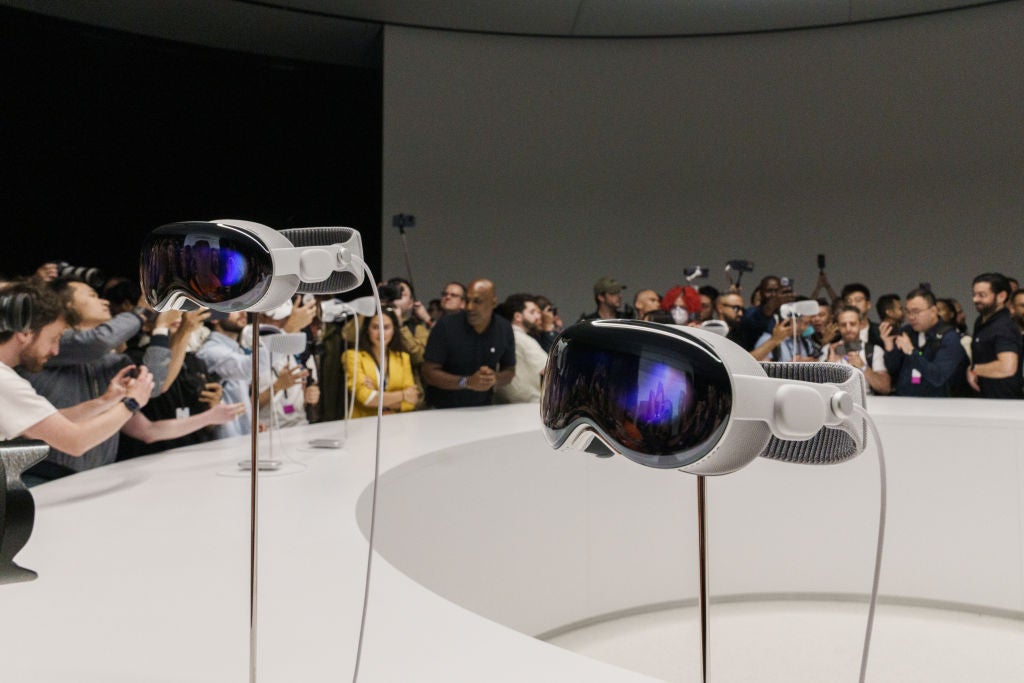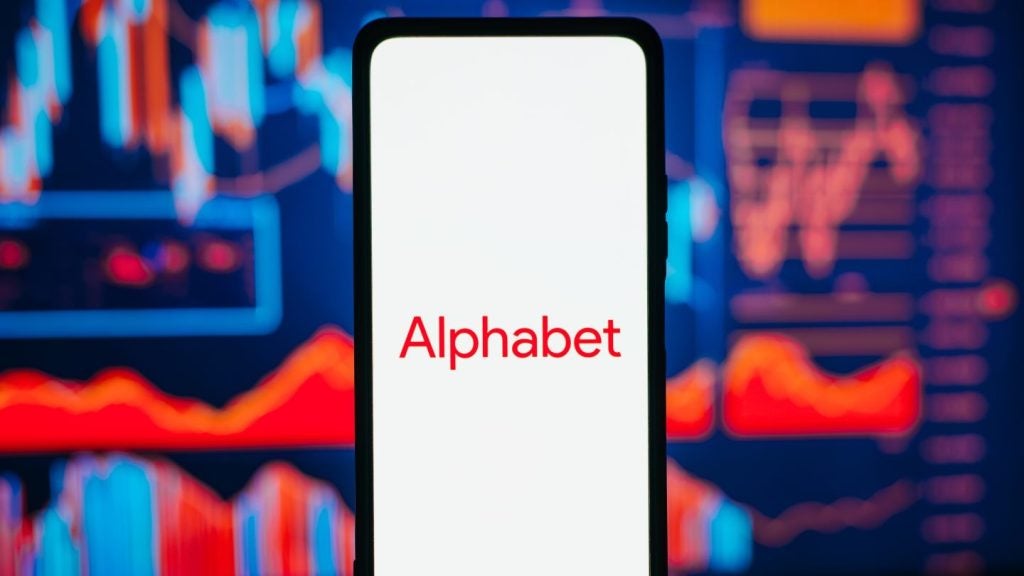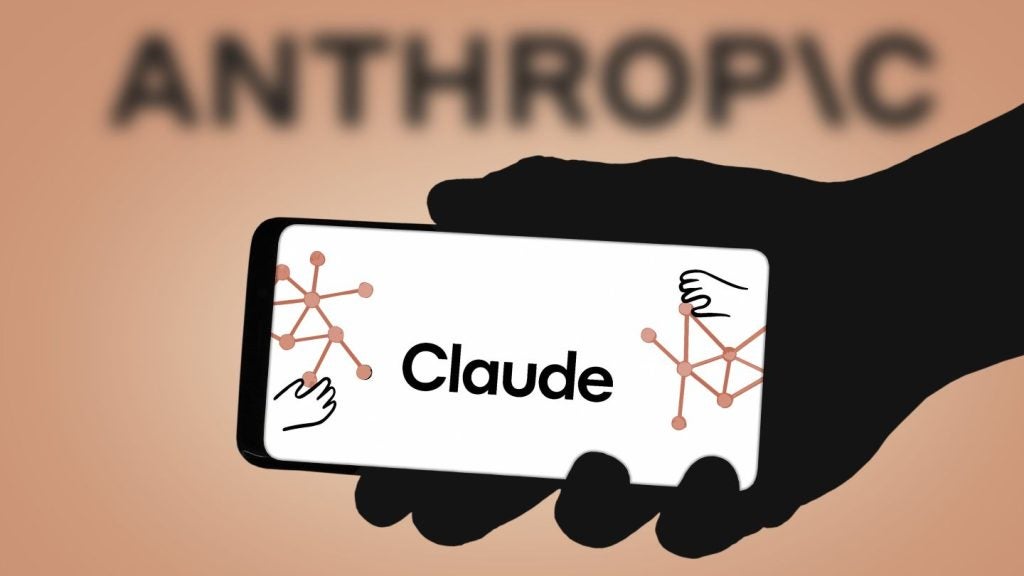Apple launched the highly-awaited Vision Pro headsets in June 2023.
The headset is an augmented reality (AR) device that is also capable of offering full virtual reality (VR) experiences. Apple’s hardware-software integration and stronghold in AR, audio, and motion-sensing technologies are the key focus of this device.
This is Apple’s first move into the AR market with a dedicated device. As the company tests the waters in the AR market, it must make a solid case for the headset’s $3,500 price. Apple had carefully positioned the device for consumers—its strong point. However, the price tag and demos at the launch event indicated a focus on enterprise customers. It was clear that the Vision Pro was targeted at prosumers, such as software developers and early adopters.
Apple has now entered a tumultuous space
Before the Vision Pro, Apple’s AR game plan was heavily dependent on its AR software development kits (SDKs), such as the ARKit, which operates on all iOS devices, and the RealityKit (accessible on iOS and Mac devices). It also offers AR creation tools such as Reality Composer (a library of AR content for developers) and AR Quick Look (that positions 3D objects in the real world).
The RealityKit and AR creation tools work in conjunction with the ARKit. Apple has added LiDAR sensors to its flagship iPhones and iPads for precise 3D mapping, boosting the simultaneous localization and mapping (SLAM) capabilities of ARKit and allowing developers to create realistic AR content.
Vision Pro is Apple’s ship in the shallow waters of (read slow-progressing) AR and VR technologies. Apple’s peers like Microsoft and Google have struggled to make a mark in this space, with Meta still managing to stay buoyant.
Aware of the limitations of AR and VR devices, Apple has attempted to address the key ones in the Vision Pro. Some of those include latency-driven nausea and isolation, eye and gesture-based tracking, voice-based input, and custom optical inserts for people wearing glasses. However, the high price tag, weak battery life of two hours (although it can be plugged externally), and small ecosystem of applications could delay the success of the Vision Pro in the market.
Vision Pro is a killer product, but it comes without a killer app
The Vision Pro will be used for both work and entertainment. Apple demoed the use of Mac apps on the headset, announcing apps in the Microsoft Office suite (including Word and Excel), collaboration tools (Teams, Zoom, and Webex), and photo editing tools like Adobe Lightroom will be available. It will support several Unity apps to create immersive content for enterprises, with Apple targeting architecture, automotive, entertainment, airlines, healthcare, and other sectors with the device.
For consumers, Apple spotlighted a movie experience in a visually and sonically immersive space. It will launch with over 100 games from Apple Arcade, including NBA 2K23, and streaming apps such as Disney+, Apple TV+, and Apple Music will be available. However, Apple did not showcase any tent-pole app that would make the device appealing to early adopters.
Apple smart glasses
Building an ecosystem—incorporating both hardware and software—is essential for the long-term success of Apple in the AR market. Enterprises are an increasingly important area of focus for AR companies.
Media houses and ecommerce companies have been early adopters of AR, while the technology is also used by healthcare, engineering, and military organizations. Apple must invest in development platforms to support firms through the AR implementation process and boost the adoption of Vision Pro headsets. While the Vision Pro is not an immediate replacement for iPhones, it is a step in the right direction. Vision Pro is setting the stage for Apple’s smart glasses, which could replace the iPhone in the long run.
Indeed, Apple is working on its smart glasses, which are rumoured to be launched in 2024 or 2025. For now, the Vision Pro is a device to build developer interest and strengthen Apple’s AR ecosystem beyond smartphones. Even if the Vision Pro is a flop, it will prepare Apple’s winning strategy for the next big, connected device when it comes.








